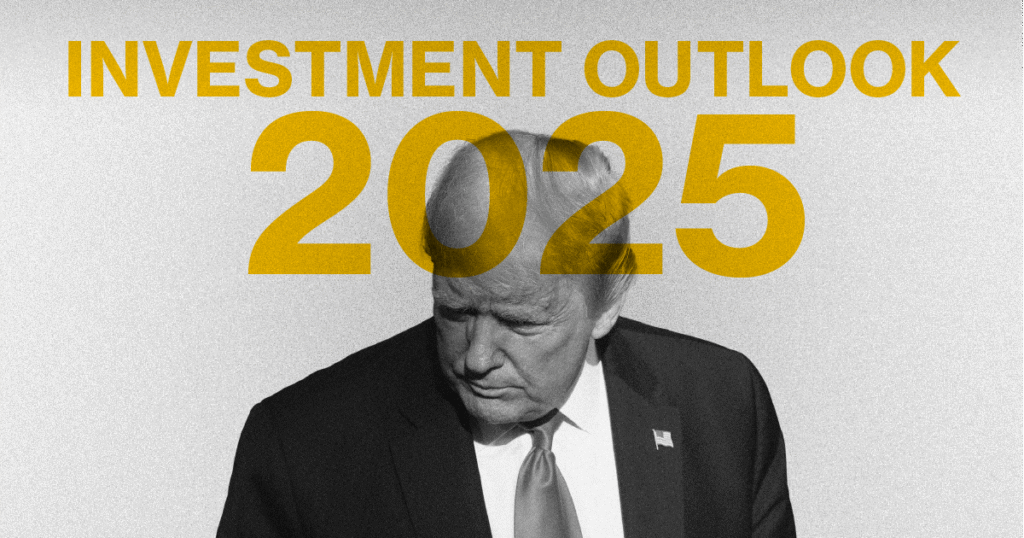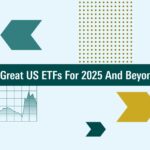1. The Macroeconomic Backdrop of 2025
First, understanding the landscape is key to effective Risk Control:
- Slowed economic growth
- OECD forecasts U.S. GDP growth at just 1.6%, down from 2.8% in 2024
- Sticky inflation
- Inflation is projected near 4%, pressuring both consumer budgets and corporate margins
- Markets flashing warning signs
- Analysts from Bank of America, Goldman Sachs, and HSBC highlight stretched valuations, investor overconfidence, and potential bubbles
Key takeaway: Economic uncertainty, volatile markets, and elevated inflation demand active and disciplined Risk Control.
2. Fundamental Risk Control Strategies
To preserve capital and manage risk, investors are turning to these proven tools:
2.1 Diversification and Risk Parity
- Modern portfolio theory advocates spreading risk across assets.
- Risk parity allocates based on volatility, not capital—equalizing risk contributions from stocks, bonds, and alternatives This approach, championed by Michael Dever and others, has shown resilience during market shocks
2.2 Safety-First and Minimum-Variance Approaches
- Roy’s safety-first criterion minimizes the likelihood of large drawdowns—a method many institutional investors use
- Academic advancements like Adaptive Minimum-Variance Portfolios and Deep RL models are being adopted to tackle volatility and skewed returns
2.3 Dynamic Allocation & Stress Testing
- Institutions regularly rebalance and stress-test portfolios to model adverse scenarios—sudden rate hikes, tariff shocks, currency fluctuations, or stagflation
3. Asset Classes as Risk Control Tools
3.1 Equities: Risk-Off Sectors & Low Beta
- Investors are rotating into defensive sectors (e.g., utilities, consumer staples) and low-beta stocks to reduce vulnerability
3.2 Bonds & Credit Spreads
- A shift toward investment-grade corporate bonds reflects a move from equity risk, resulting in tight credit spreads (~80 bps, near 1998 levels)
- Yet, even traditional 60/40 portfolios are challenged; Goldman Sachs recommends adding gold and oil to curb volatility Business Insider.
3.3 Safe-Haven Assets: Gold, Oil, and Alternatives
- Gold has surged to over $3,500/oz in April 2025, with a 23% CAGR vs. S&P 500’s 15%
- Oil serves as a hedge against supply disruptions, further reducing average annual portfolio volatility
- ETFs (including alternative, thematic, and commodity ETFs) offer low-cost, diversified exposure; total ETF assets hit $11.6 trillion across 4,300+ funds
4. Behavioral Risk Control: Psychology & Discipline
4.1 Famous Names & Their Wisdom
- Warren Buffett: “Risk comes from not knowing what you are doing.”
Emphasizes knowledge and competence as core Risk Control. - Benjamin Graham:
His “margin of safety” principle urges buying undervalued assets to shield against uncertainty - Howard Marks: “Don’t just do something – sit there.”
Advocates patience and loss avoidance through scenario planning. - Ray Dalio: “A well‑diversified portfolio can reduce risk by 70–80%.”
Promotes diversification across uncorrelated assets.
4.2 Discipline & Emotional Control
- John Paulson: “Great investors … manage the hell out of their emotions.”
- Peter Bernstein warns: “The greatest risks are the risks that we don’t see …”
Ultimately, emotional self-control and disciplined planning remain at the heart of Risk Control.

5. Data, Tech & Innovative Risk Control
5.1 Big Data & Risk Modelling
- Financial Big Data tools improve small-portfolio risk analysis, filling information gaps beyond standard VaR models.
5.2 AI‑Powered Portfolio Optimization
- Advanced tech such as Adaptive Minimum-Variance frameworks and Deep Reinforcement Learning systems power volatile financial markets.
- These systems adjust allocations in real time based on changing risk dynamics.
6. Transitioning from Theory to Practice
6.1 Rebalancing & Tactical Tilts
Investors are:
- Monitoring equity valuations and rotating into bonds, gold, oil, or low-beta names.
- Rebalancing quarterly to lock in gains from outperforming assets.
6.2 Model Portfolio Tools
- Major asset managers like BlackRock, Vanguard, and Invesco are offering model portfolios that automate tactical Risk Control Financial Times.
6.3 Stress Tests & Scenario Planning
- Portfolios are tested against plausible shocks: Fed rate surprise, tariff escalation, dollar decline, or job-market slowdown—linked to known red flags Business Insider.
7. FAQs (Your Burning Questions Answered)
Q1: What is the best way to control risk in 2025 markets?
A1: Use Risk Control via diversified, volatility‑balanced portfolios, complemented by alternative hedges (gold/oil), stress testing, and disciplined rebalancing.
Q2: Are bonds enough for downside protection?
A2: Not anymore—Bond returns have lagged. Adding gold and oil has reduced portfolio volatility from ~10% to under 7%
Q3: How much gold should I hold?
A3: Typically 5–10% of the portfolio—protects against policy risks and debasement without crowding out long-term growth assets.
Q4: Should I use AI or data-driven models in my portfolio?
A4: Yes—institutions using big data and AI frameworks are gaining better real-time Risk Control, especially in volatility.
8. Key Takeaways
- Risk Control is no longer optional in 2025—it’s essential.
- Economic factors (low growth, high inflation, volatility) drive more defensive allocation.
- Diversification—including gold, oil, alternative credit—is critical.
- Modern techniques (risk parity, safety-first, AI models) boost protection.
- Behavioral discipline amplifies all strategies.
- Continuous stress testing ensures portfolios survive shocks.
Conclusion
In 2025, U.S. investors lean on Risk Control as a strategic necessity—not just a theoretical concept. Drawing from proven wisdom (Buffett, Graham, Marks, Dalio), leveraging diversified and dynamic asset allocation, and embracing big data and AI, investors aim to build portfolios that not only grow—but survive.
As Peter Bernstein reminds us, “The greatest risks are the risks that we don’t see.” With that in mind, rigorous Risk Control, disciplined execution, and forward-thinking planning remain the best path through economic fog and policy uncertainty.
4 High-End Website References
- Investopedia – “Why Gold’s Safe Haven Status Is More Complex”
- Reuters – “De‑risking mood adds more demand for US corporate bonds”
- MarketWatch – “Inside the great ETF boom of 2025”
- Business Insider – “Bonds haven’t been protecting investors … Goldman offers 2 safe‑haven alternatives.”


